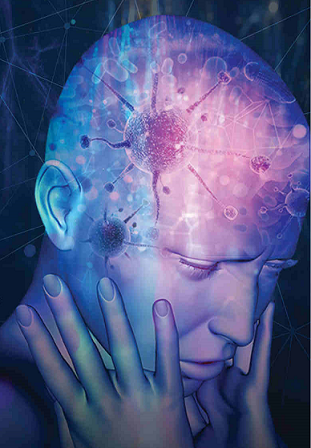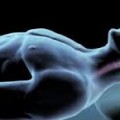WHAT ARE BRAIN INFECTIONS?
Brain infections are caused by viruses, bacteria, fungi, or parasites. These infectious agents cause inflammation of the affected brain area.
Other parts of the Central Nervous System, such as the Spinal Cord, are often included in the infection. Depending on the location of the infection, different names are given to the diseases.

BRAIN INFECTIONS
Meningitis is the inflammation of the meninges, or the protective membranes covering the brain and spinal cord.
Causes:
– Bacteria
– Fungi (e.g. Cryptococcus)
– Tuberculosis
– Virus
Encephalitis involves inflammation of the brain substance itself.
Causes:
– Infection from a virus
– Secondary to body’s faulty immune system reaction (e.g. Paraneoplastic Syndrome and Anti-NMDA Encephalitis)
Brain abscess and granuloma are collections of infectious substance, pus, immune cells, and other substances in the brain.
Causes:
– Bacteria
– Fungi
– Parasites (e.g. Toxoplasmosis)
– Tuberculosis
COMMON SYMPTOMS
Patient may experience one (1) or more symptoms to indicate a brain infection
- Confusion
- Fever
- Headache
- Seizures
- Sleepiness
- Vomiting
Brain infections may also present with:
- Behavioral changes
- Difficulty speaking or hearing
- Stiff neck (in Meningitis)
- Weakness or numbness of one side of the body
RISK FACTORS
Age
Younger children and older adults have greater risk of brain infection.
Poor Immunity
Common to patients with illness that weaken the immune system such as patients with HIV/AIDS, diabetes mellitus, cancer, or those who use immunosuppresant drugs, and alcohol, among others.
Geographical Factor
Traveling or living in certain geographical locations may predispose people to certain types of infection common to that area.
DIAGNOSTIC PROCEDURES
Diagnostic procedures are performed to confirm the diagnosis of the brain infection. These may include:
Brain Imaging
Magnetic Resonance Imaging (MRI) or Computerized Topography (CT) scan maybe performed to show a picture of the brain to detect anatomical or structural abnormalities.
Lumbar Puncture
A safe and effective, minimally invasive procedure to get a sample of Cerebrospinal Fluid (fluid around the brain and spine). The fluid is then analyzed to confirm the presence of the infection and its cause.
Electroencephalogram (EEG)
Electroencephalogram (EEG) is performed to detect abnormalities in brain activity, including hyperactivity as in seizures, or slowing of brain waves.
TREATMENT
Treatment to control the infection involves a multidisciplinary team consisting of a Neurologist and an Infectious Disease Specialist. Treatment varies depending on the results of the diagnostic test(s).
The earlier the infection is detected and treated, the better the chances of full recovery. Early diagnosis is key!
Reference:
Makati Medical Center
Department of Neurosciences
Section of Neurology
3rd Floor, Tower 1
(02) 888 8999 local 7327
neurology@makatimed.net.ph
www.makatimed.net.ph


 (6 votes, average: 4.33 out of 5)
(6 votes, average: 4.33 out of 5)









